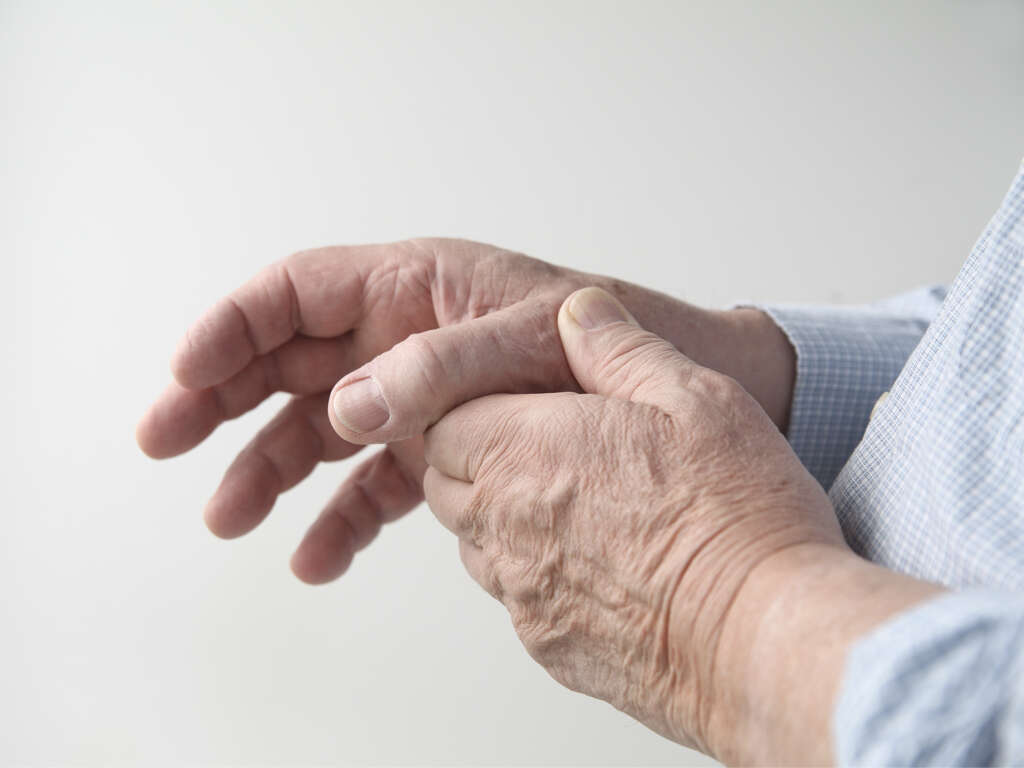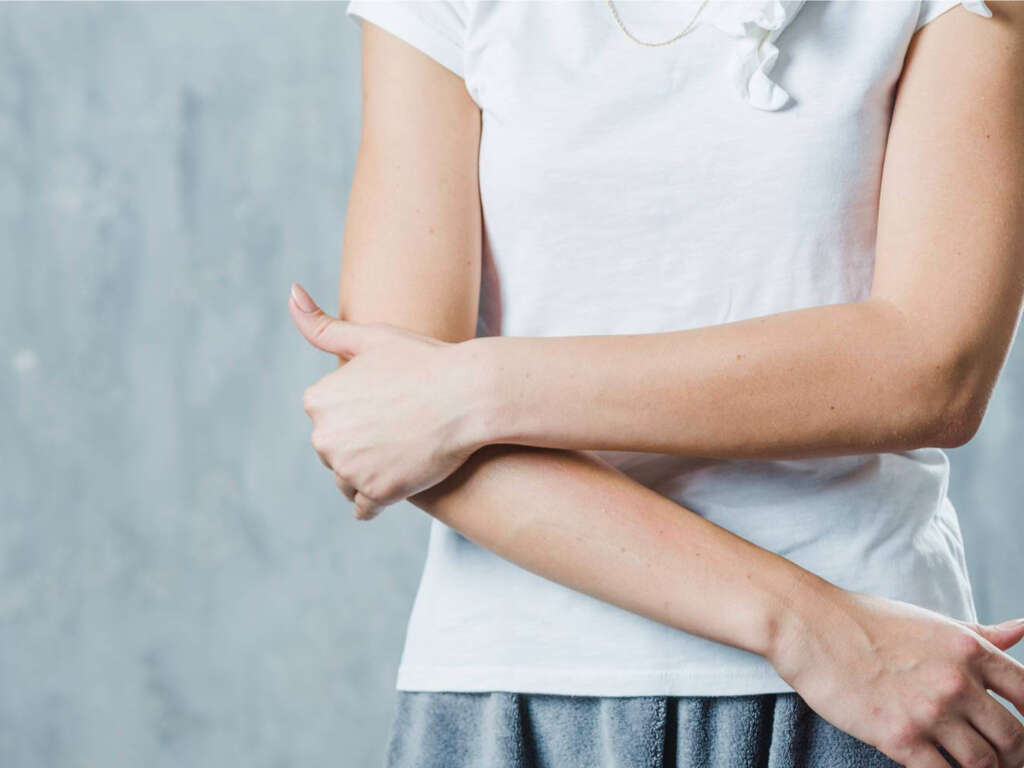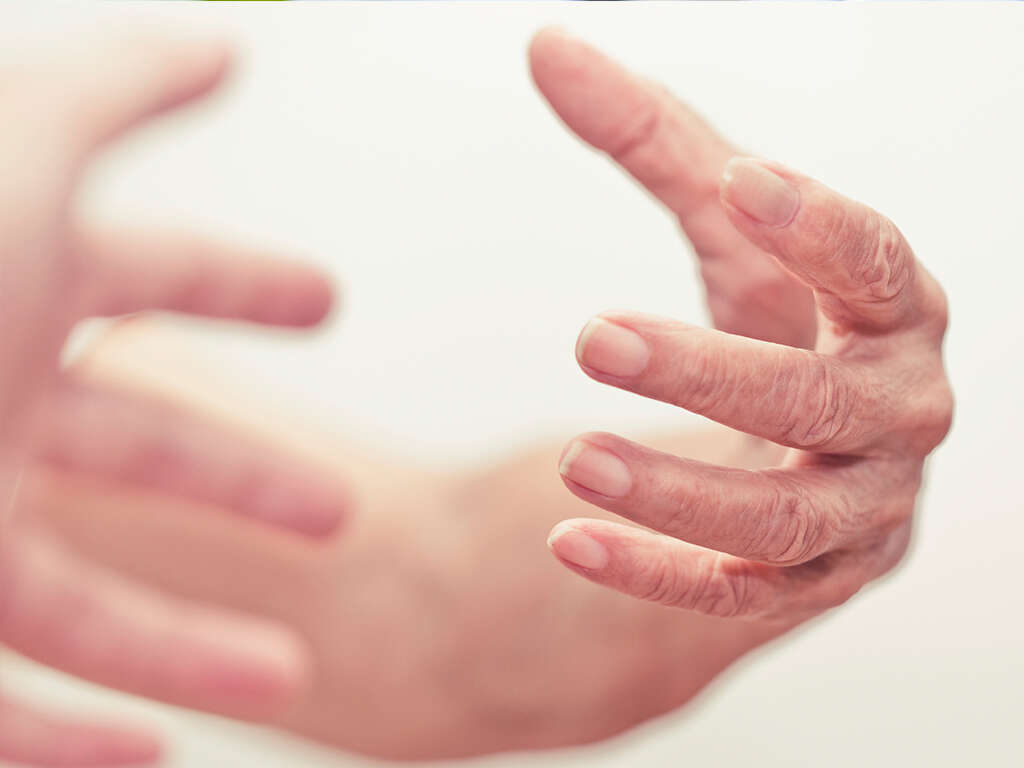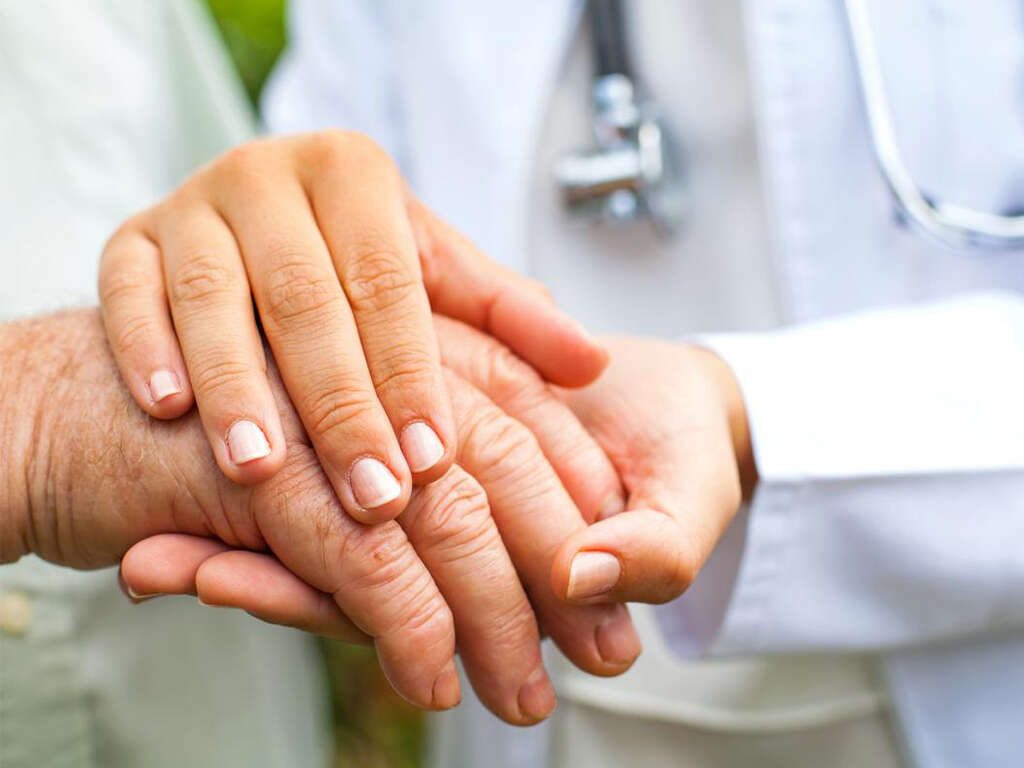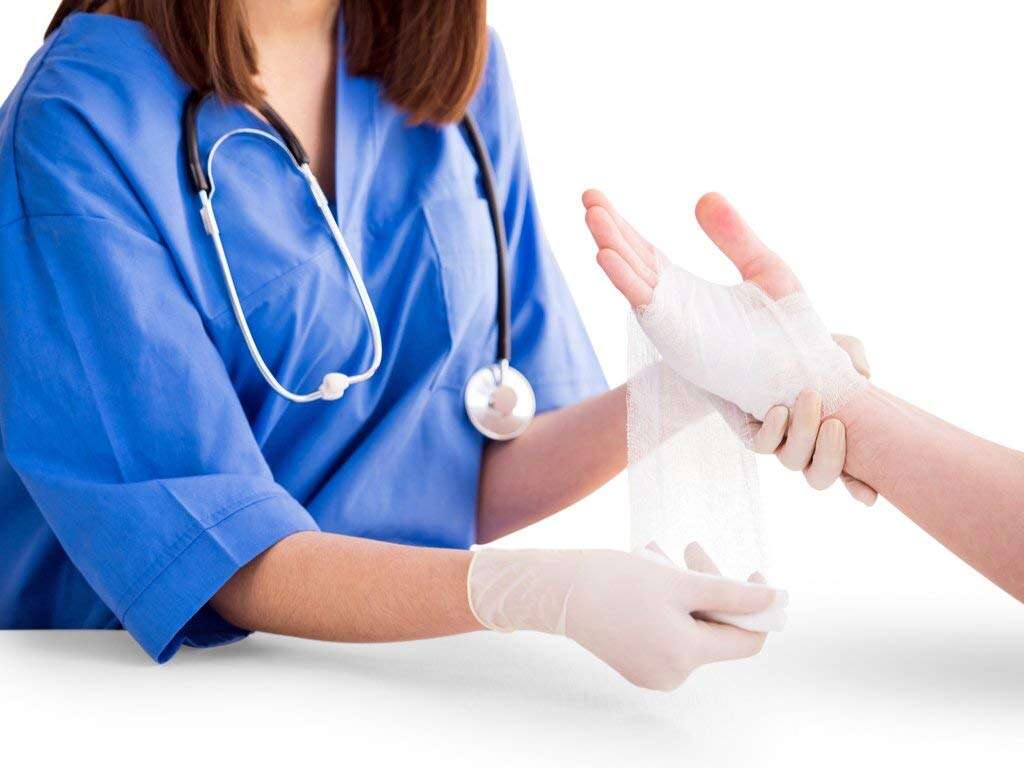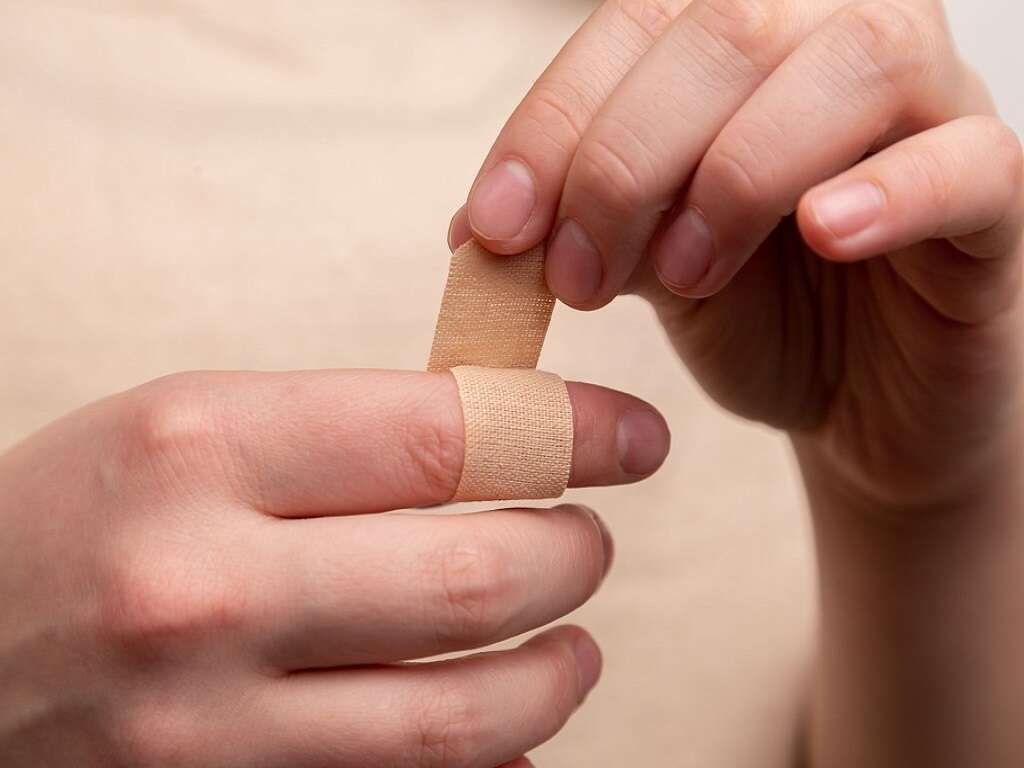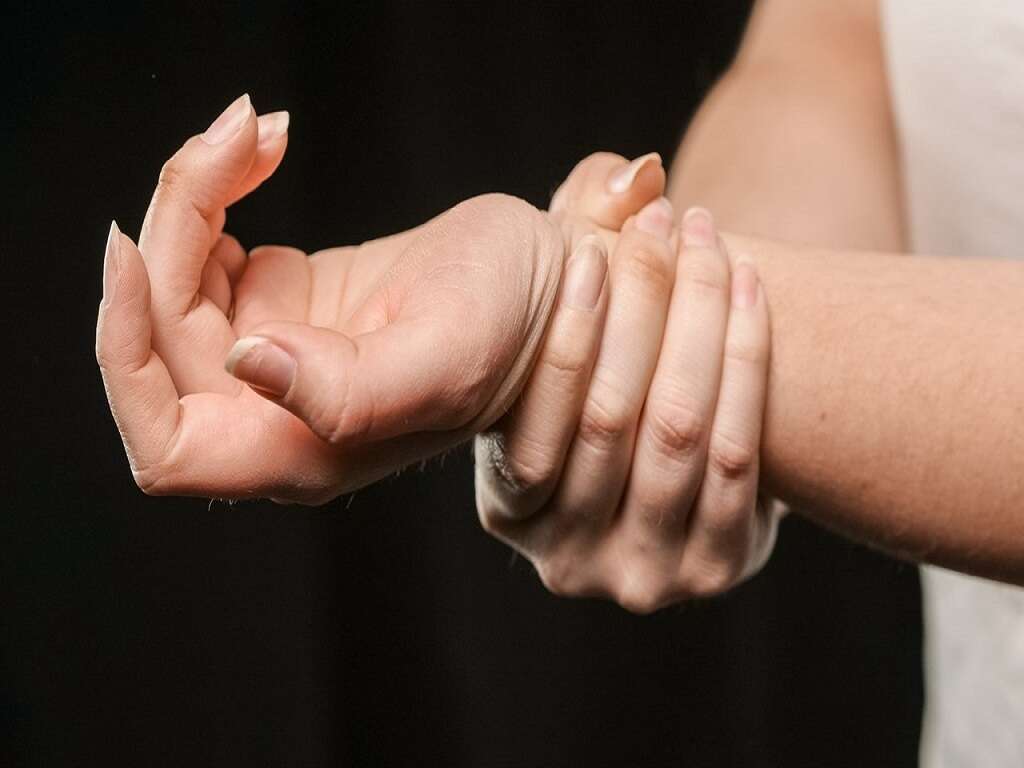What Is Dupuytren's Contracture?
The way that we are able to move our fingers to allow them to clench around objects was very important for us in evolutionary terms. Combined with other factors such as our intelligence, it meant that we could make complex tools and this gave us an advantage over other species.
Some people, however, will develop conditions that will limit their ability to grasp on to objects. One such condition is Dupuytren’s contracture, a condition that affects the tissues in the hand in a way that causes the patients fingers to curl up. It is not a serious condition and treatment is available that can help restore the patients mobility.
1. Thickening Tissue
Just below the surface of the skin on the palms of our hands is a connective tissue known as fascia. This tissue helps to keep everything in place, helping to keep our hands strong and flexible. Some people experience a condition with this fascia that will limit the movement of their fingers. For some reason, this tissue starts to get thicker, taking on an almost scar-like nature. This causes the fingers to become very tight making it harder for the patient to move them at all. The thickening is called a contracture, and the condition is named after Guillaume Dupuytren, the French surgeon who first described it.
2. Limited Movement
As mentioned, this thickening of the fascia will cause it to become tighter, and it will become more difficult for the patient to extend their fingers. It can be painful at times, but this is not always the case. The condition tends to affect more than one finger at a time, and it is usually the ring finger and pinky fingers that are affected the most.
When the fascia becomes tight enough, it will cause the fingers to curl up and in toward the palm. The fingers will become fixed in this position even when the patient has relaxed their muscles. This can make it difficult for the patient to perform simple tasks like putting on a pair of gloves or bathing.
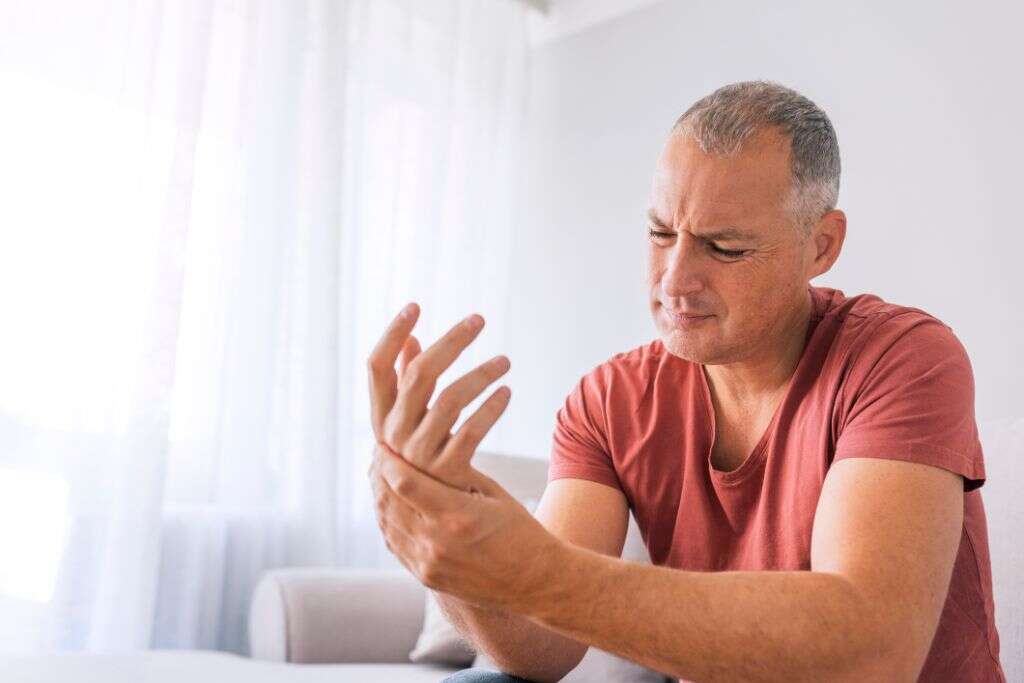
3. Risk Factors
Theres a lot that we don’t know about Dupuytren’s contracture, and we are not really sure why it even happens. We do know, however, that there are certain risk factors that are going to make it more likely that a person contracts the condition. One of the factors is age, and it usually happens in people that are aged 50 or older.
Men are likely to get it more than women, and it is more likely to be severe in men. People with diabetes are also more likely to get it, and Dupuytren’s contracture also tends to run in families. People that drink and/or smoke a lot are also at increased risk.
4. Early Symptoms
The symptoms of Dupuytren’s contracture will develop gradually, and the patient will unlikely notice a thing for weeks, or even months. The first sign of the condition is that the skin on the patients hand will begin to get thicker. This thickened skin can begin to form nodules on the palm.
These nodules will not usually be painful, but they can be quite tender to the touch. The patient might experience tightness in their fingers at first but their movement won’t necessarily be restricted. At this stage, a lot of people are likely to overlook this condition and not be concerned about getting treatment.
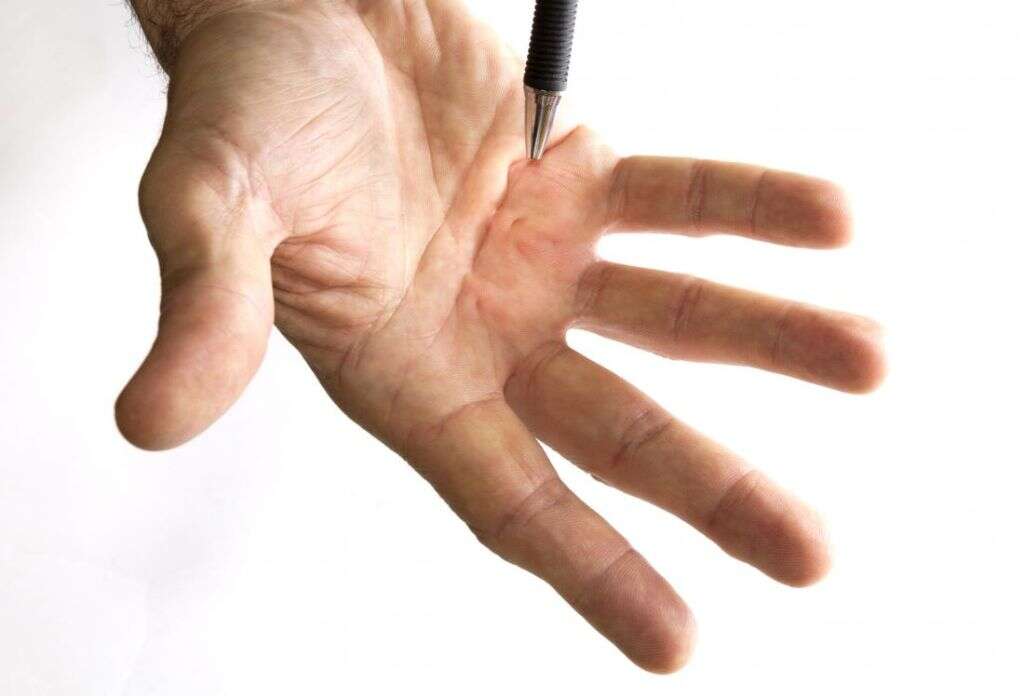
5. Advanced Symptoms
As time goes by, the nodules on the palm will begin to slowly stretch to form strings of collagen. These bands will gradually move up the palm and into the fingers, which are usually the pinky finger and the ring finger. The bands will continue to get tighter, pulling on the fingers as they do.
The condition will worsen to the point where the patient is unable to straighten out their fingers, and the degree to which they curl up will continue to worsen. The patient will often experience these symptoms on both hands, but the symptoms will usually be more severe in one hand than the other.
6. Diagnosing Dupuytren’s
Dupuytren’s contracture is thankfully relatively easy to diagnose. A medical professional will be able to take a look at your hand and feel to see if there is any scar tissue. They can also check to see whether the fingers are being forced to curl up.
Your doctor will also likely perform tests to see how strong your grip is, and how much the movement of your fingers is restricted. Another common test is that they will ask you to put your hand on the table, palm down, and try and see if you can hold your hand out flat.

7. Medication
Depending on the severity of the symptoms, it may be necessary to treat the condition to restore mobility and make the patient more comfortable. One way to achieve this is to inject enzymes into the affected area that will help to break down the bands of collagen.
Moving the fingers will then help to break the bands, allowing the fingers to be moved again. Other treatments will involve injections of corticosteroid to help slow the spread of the condition and reduce inflammation and pain. Aponeurotomy is also sometimes performed, which means that the bands are broken up by tiny hypodermic needles.
8. Surgery
Depending on the severity of the condition, surgery may be necessary to help relieve the patient of the condition. This is recommended if the symptoms are severe enough to mean that they are in constant pain. It may also be necessary if their ability to use their hands is restricted to the point where they cant perform simple tasks.
Surgery is thankfully a fairly straightforward procedure and the troublesome tissues are removed to return flexibility to the patients fingers. Despite it being straightforward, surgery is usually avoided until necessary because of the risk of complications such as nerve damage and infections.

9. Physical Therapy
Once any surgery has been completed, the patient will need to give sufficient time for the wound to heal properly. Once this is done, then they can move on to physical therapy to help restore strength and movement in the hand again.
The therapy is likely to continue for months and it will sometimes be hard work for the patient. It is possible that Dupuytren’s contracture can return, and this will mean that the patient will have to go back in for surgery again. It is not clear why it returns and we don’t know how to prevent it from happening.
10. Complications
While it can be very uncomfortable for the patient, Dupuytren’s contracture doesn’t usually present any immediate health risks. Infections and other problems might occur after surgery but this is quite rare. As with so many other medical conditions, it is a good idea to get a diagnosis early because this will make treatment a lot more straightforward.
While not serious health wise, the condition can make it very difficult for some people to do their jobs, and other activities like gardening or even cleaning the home can become too difficult for them. The good news is that it can usually be treated to at least partially restore freedom of movement and reduce pain.



